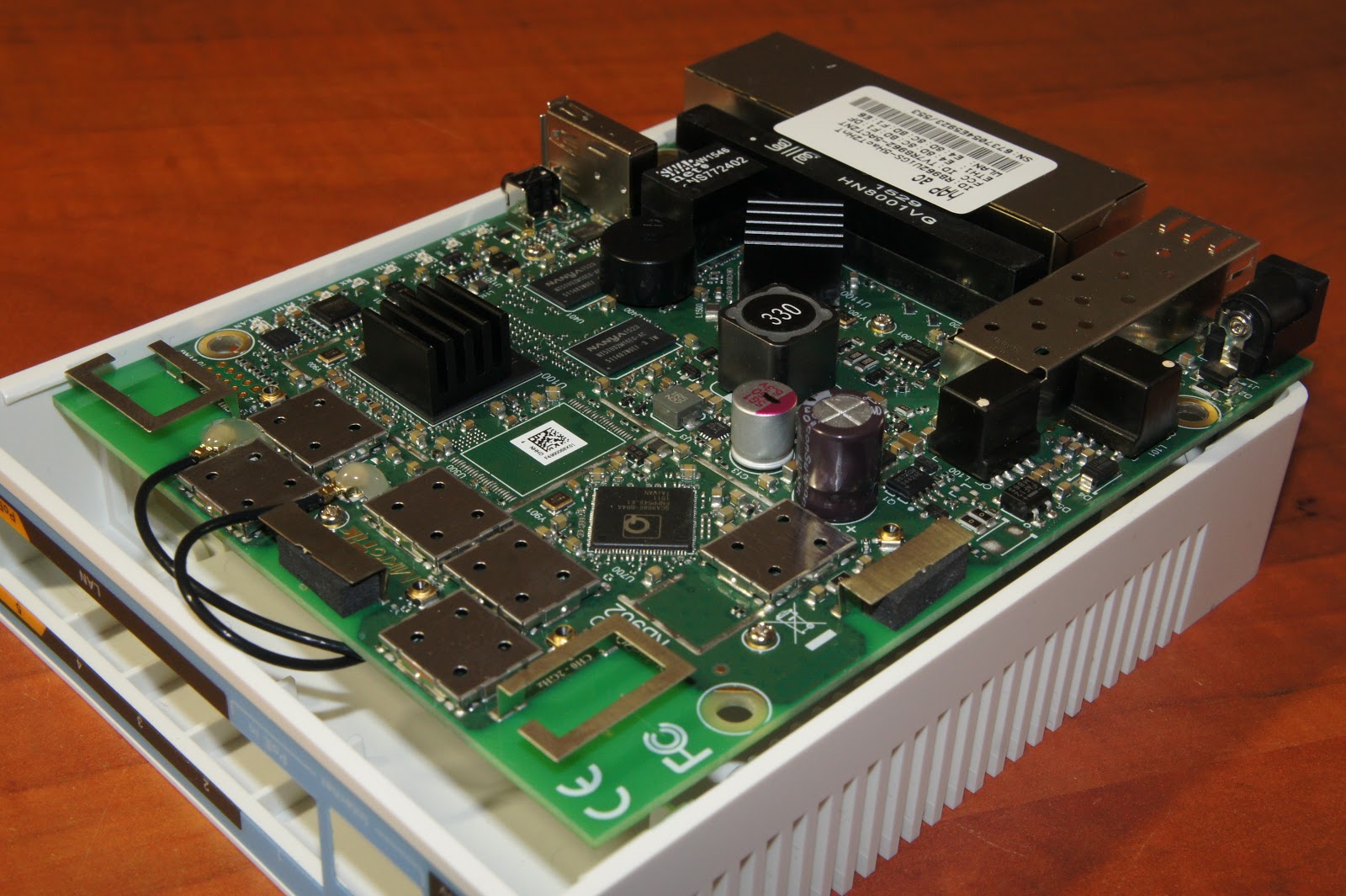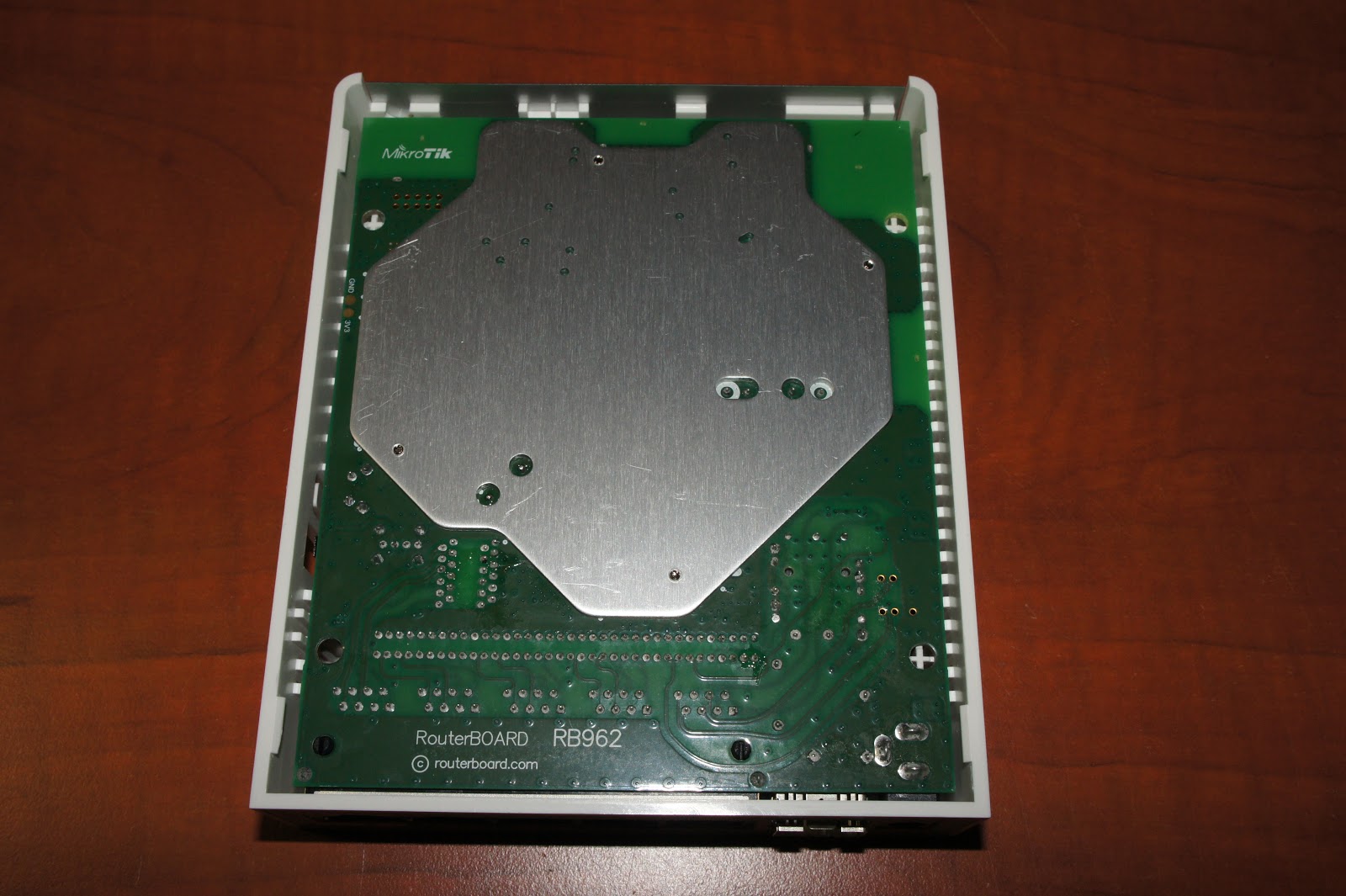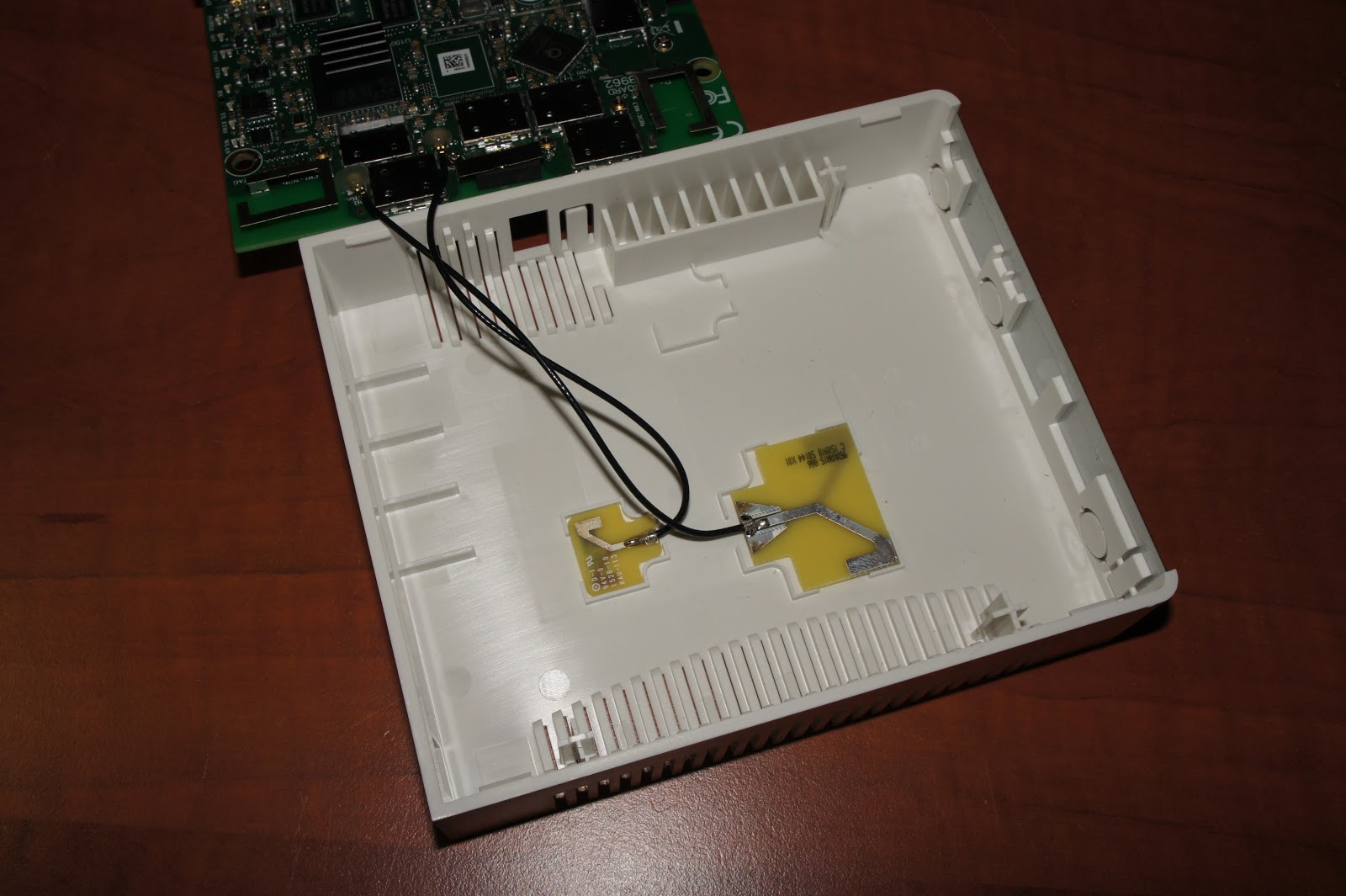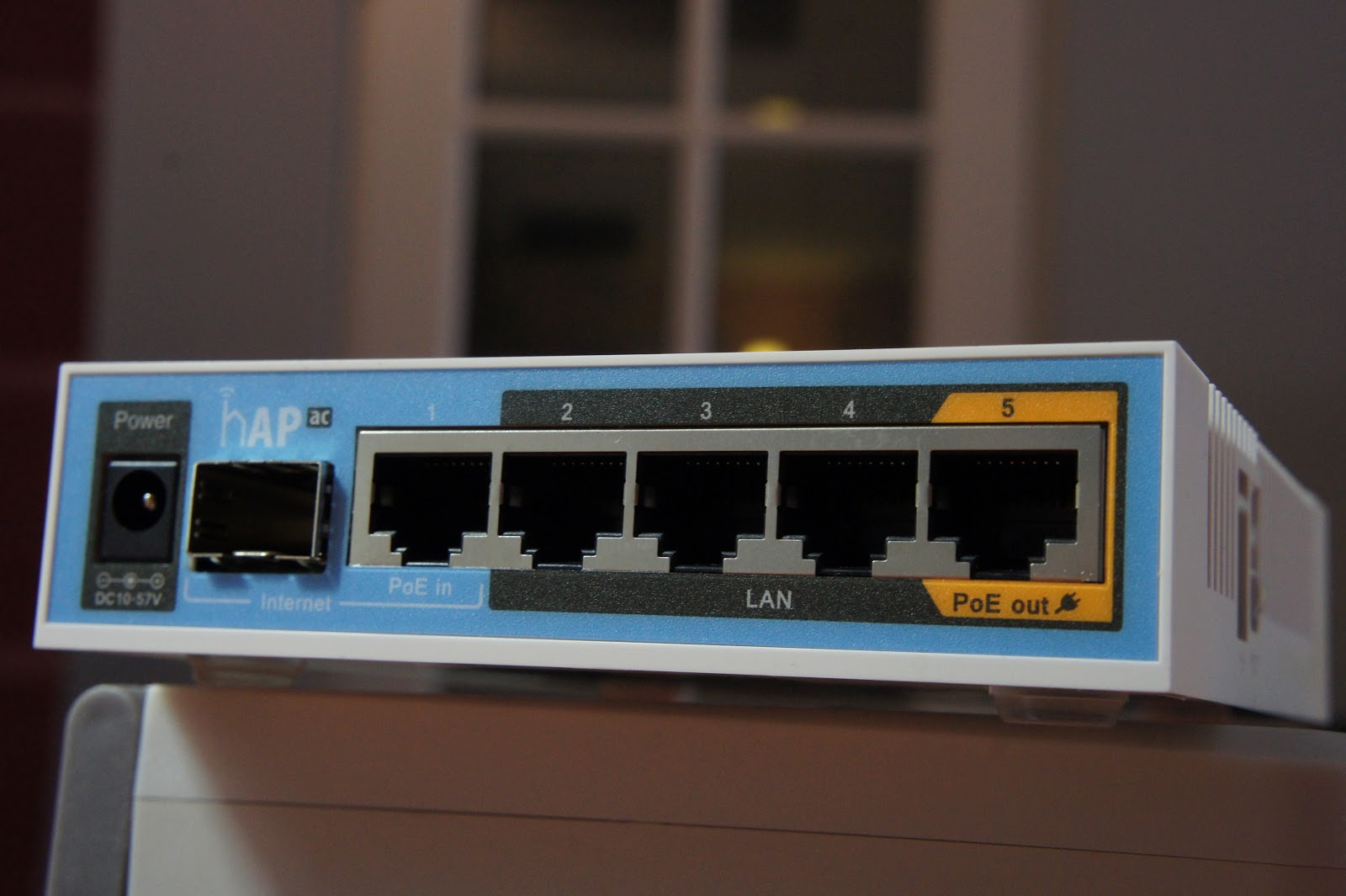引用:
原帖由 纣王 于 2016-11-23 18:00 发表
AC88U确实温度挺高 室温15°左右 夏天更别提了 两周重启一次都叫稳定 N年前用的FAST两个多月重启一次 家里目前在线的设备在15个左右





原帖由 @MaricS 于 2016-11-23 18:22 发表
喷了
企业用上华三啊,价格亲民效果稳定
原帖由 @aweiwei 于 2016-11-23 18:44 发表
全称是啥?
原帖由 纣王 于 2016-11-23 18:00 发表
AC88U确实温度挺高 室温15°左右 夏天更别提了 两周重启一次都叫稳定 N年前用的FAST两个多月重启一次 家里目前在线的设备在15个左右
| 欢迎光临 TGFC Lifestyle (http://bbs.tgfcer.com/) | Powered by Discuz! 6.0.0 |